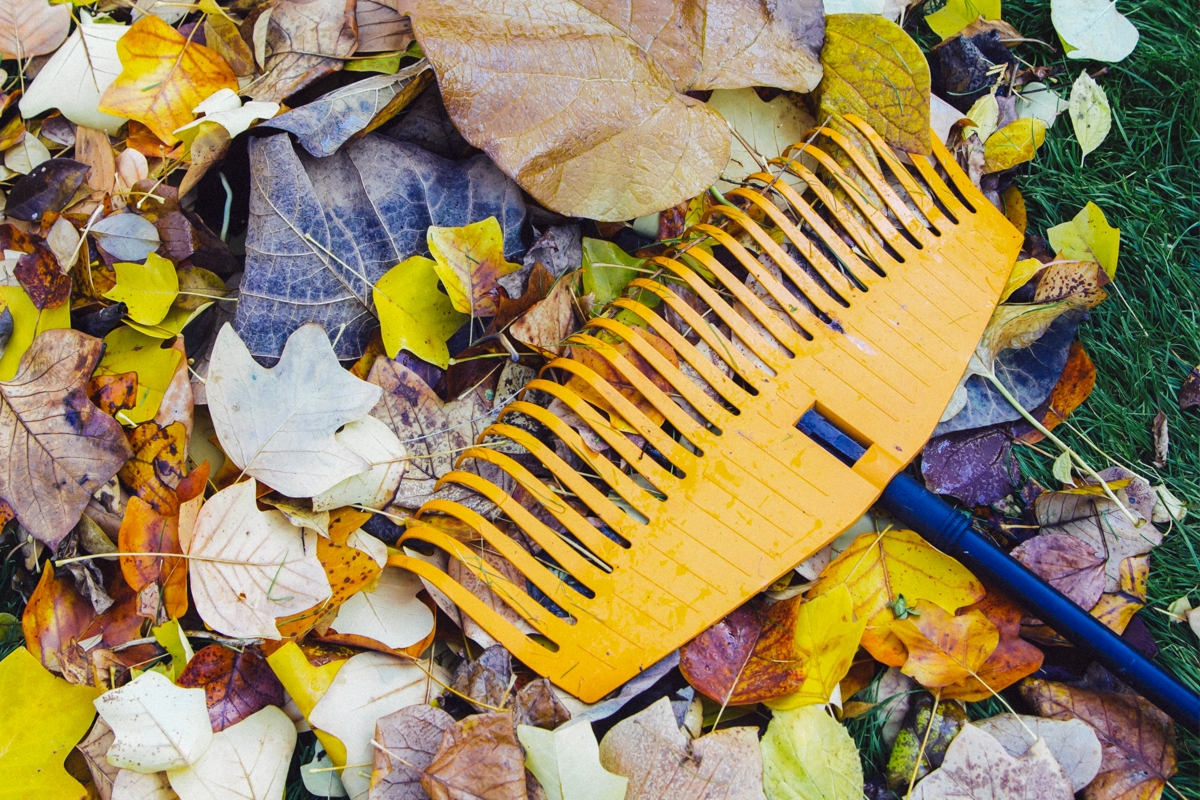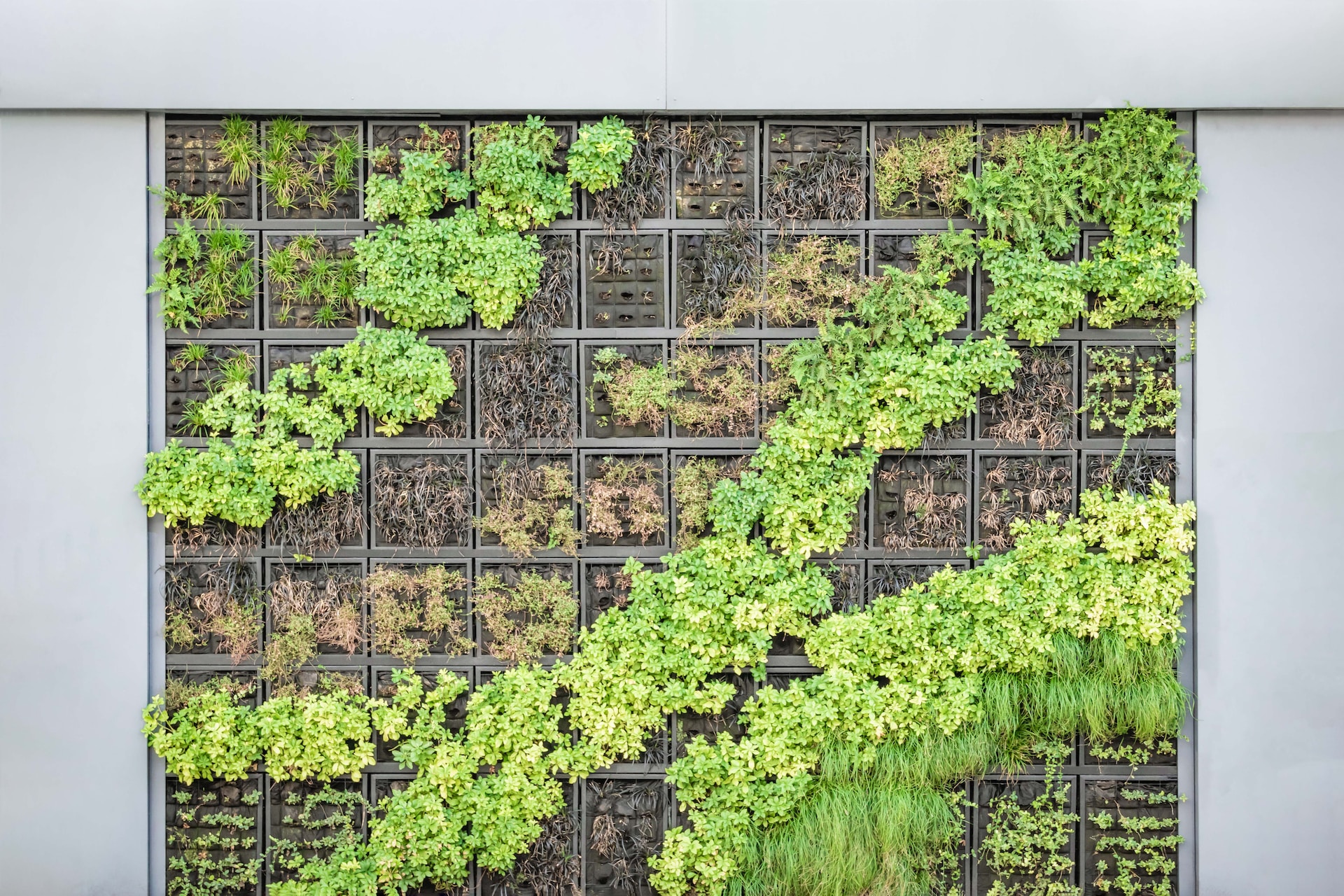Fall is usually the time of year when homeowners start to prepare their lawns and gardens for winter. It can be a busy month for gardeners, as harvests may still be coming in and many additional home maintenance tasks take up precious weekend time. If you have a grass lawn you also know that there are many tasks that should be done to prepare the lawn for a cooler winter. Follow these tips for successful fall lawn care and maintenance.
1. Rake the leaves
If your seasonal fall brings a lot of fallen leaves, use them to your advantage. Depending upon how many leaves you get you may simply want to rake them up and put them in a yard waste bin. Or you may want to add them to your compost pile or work them into the soil of your yard for added nutrients. If you have a lawn mower you can run over the leaves on your lawn, creating tiny leave pieces that can easily be left on the lawn itself as an organic fertilizer. Just make sure you don’t leave wet, soggy piles of whole leaves on the lawn as it can suffocate growth and contribute to an unhealthy lawn. Regularly removing the leaves as they fall is the best way to stay on top of this annual task.
2. Decrease watering
Depending upon your local fall weather, and also depending upon your grass type, you may need to continue to water your lawn throughout the fall season. Cool season grasses tend to grown in regions of cooler or wetter fall weather. So even as cool season grasses are still growing in the fall, they may not actually need additional irrigation. Warm season grasses go dormant in the winter and will most likely not need any additional irrigation in the fall and winter months. If this is the case, be sure you winterize your sprinkler system and outdoor faucets in preparation for cold winter months. Want to learn about low-water grass lawns? Read this article here.
3. Aerate and overseed
Cool season lawns should be aerated and overseeded in the fall. Some experts recommend doing this the same weekend each year, such as Labor Day weekend, as September is an ideal month for this task. A core aerator removes small “plugs” of grass and soil and helps lawns receive more oxygen, sunlight, seed and fertilization. After aerating a cool season lawn it’s a great time to overseed the area and add the fall fertilization. Warm season lawns tend to be aerated in the summer, not the fall.
4. Fertilize and feed
Fall is a great month to fertilize a cool season lawn but warm season grasses are going dormant and won’t require fertilization until the spring. Cool season grasses use the fall months to recover from the heat and growth of the summer and may need a good dose of nitrogen. The exact fertilization requirements should be determined by conducting a soil test to see what nutrients the soil is lacking. Making sure your lawn has what it needs to stay healthy (and keep weeds at bay) is very important, especially if you desire a nice green lawn next spring and summer. Read more of our lawn fertilization tips here.
5. Mow and edge
Cool season grasses are still growing in the fall months but probably won’t require as much mowing or edging as the summer months. Your cool season lawn may just need mowing once every couple of weeks; never remove more than 1/3 of the grass blade height. Warm season lawns become dormant in the fall and winter months and stop growing so they won’t require mowing or edging.
6. Weed and control pests
Cool and warm season grasses usually don’t require traditional weed or pest control in the fall months. However, cool season grasses are sometimes susceptible to moss and fall may be a good time of year to apply moss killer. (Read this article to learn more about keeping moss out of your lawn.) This can also be done in the spring.
Common types of grass lawns
While there are many varieties of turf or lawn grass, there are generally two types of lawns for the yard: warm season grass and cool season grass. Which type you have is usually dependent upon where you live.
Warm Season Grasses: Bermudagrass, Zoysiagrass, Buffalograss, and Bahia are all warm season grasses. This grass type is most often found in warmer climates like the south, and has a peak growing season from spring to fall; it can turn brown during the winter months but thrives in the hot heat of the summer.
Cool Season Grasses: bluegrasses, fescues and ryegrasses are all cool season grasses. This grass type grows well in regions with cold winters and warm summers, and can stay green nearly all year long. In periods of drought, these grasses need to be watered or else they will enter a dormant period and turn brown.
Related articles: Winter Lawn Care & Maintenance Tips




